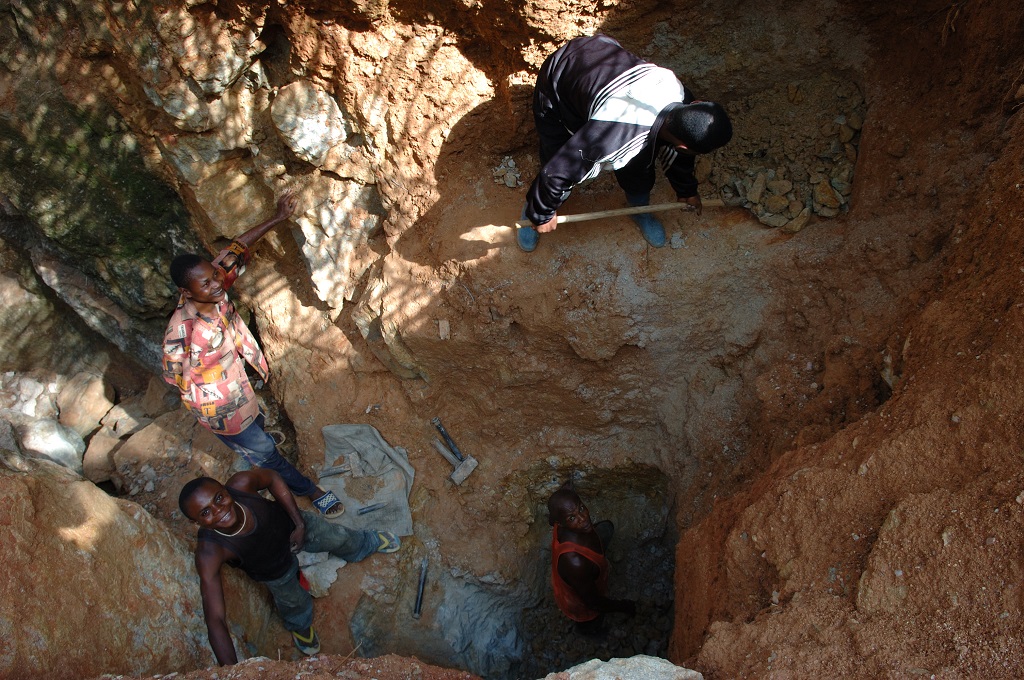

‘The DRC is going to be the dominant provider of cobalt forever. Yet reliance on the DRC is set to continue. They wish they’d thought about this two years ago,’ says Ceder. ‘I’ve had multiple Chinese carmakers in my office really worried. The DRC suffers from conflict and cobalt there is linked to illegal mining and child labour. This keeps battery manufacturers awake at night. No other nation contributes as much as 10 per cent of the cobalt supply,’ says Rawles. Canada, Australia, the Philippines and Madagascar also mine cobalt, but the DRC dwarfs them all, heaving out two-thirds of the world’s cobalt in 2017.

Second, the cobalt supply chain is dominated by two companies, and a single country: the Democratic Republic of Congo (DRC). ‘Nobody will mine more nickel just to get the cobalt out.’ Ditto for copper.

Less nickel mined will mean less cobalt,’ says battery chemist Gerbrand Ceder at the University of California, Berkeley, US. If that happens, demand for stainless steel goes down, which means demand for nickel goes down. ‘The worst thing that could happen for the battery industry is for the economy to collapse. Therefore, cobalt production is bound closely to demand for copper and nickel. More than half of the world’s cobalt comes form the Democratic Republic of Congoįirst, cobalt is mainly a byproduct of nickel and copper mining there are very few pure cobalt mines, with Bou Azzer in Morocco being the largest. Source: © Per Anders Pettersson/Getty Images NewsĬobalt is a byproduct of copper mining. ‘Cobalt has a big impact and that is one of the big talking points for the industry right now.’Ĭobalt’s price has rocketed because the increased demand from big battery makers, electronics manufacturers and auto companies is putting pressure on a supply that is constrained by several factors to do with economics, politics and geography. That has largely been down to the price of key commodities such as lithium and cobalt,’ explains Rawles. ‘For the first time we have seen large-scale battery manufacturers increase their prices. Material prices were less important when lithium ion battery costs were $1,000 per kWh around 2010, but as prices near $100 per kWh (they are below $140 today) the basic material costs now make up 70% of the total cost of a lithium ion battery. Immaterial costsīut the cost of the lithium ion battery will determine how quickly electric cars roll out, because it can be up to half the cost of a purely electric vehicle. Each time battery prices decrease, the competitiveness of electric closes in on the internal combustion engine. All will be powered by the lithium ion battery, the battery of choice for General Motors, Honda, Tesla, BMW, Ford, BYD and Nissan. And in China, where electric vehicles are seen as a solution to its smog-ridden cities, subsidies are offered to consumers and a reward system for manufacturers is being introduced.Ĭonsumers will be able to choose from an expanding range of models.

In California, the official target for electric vehicles is 5 million by 2030. Meanwhile, India plans to replace its entire car fleet with electric models by 2030. In July 2017, the UK announced plans to phase out sales of new petrol and diesel cars by 2040, and the EU is tightening carbon dioxide limits to incentivise a shift to electric vehicles.
#Who mines cobalt for batteries driver
But by far the biggest driver is electric vehicles, with governments around the world looking to make the switch from petrol and diesel. That demand comes from consumer electronics and using batteries as grid storage for renewable energy sources. General Motors, Honda, Tesla, BMW, Ford, BYD and Nissan all use lithium ion batteries in their electric vehicles


 0 kommentar(er)
0 kommentar(er)
